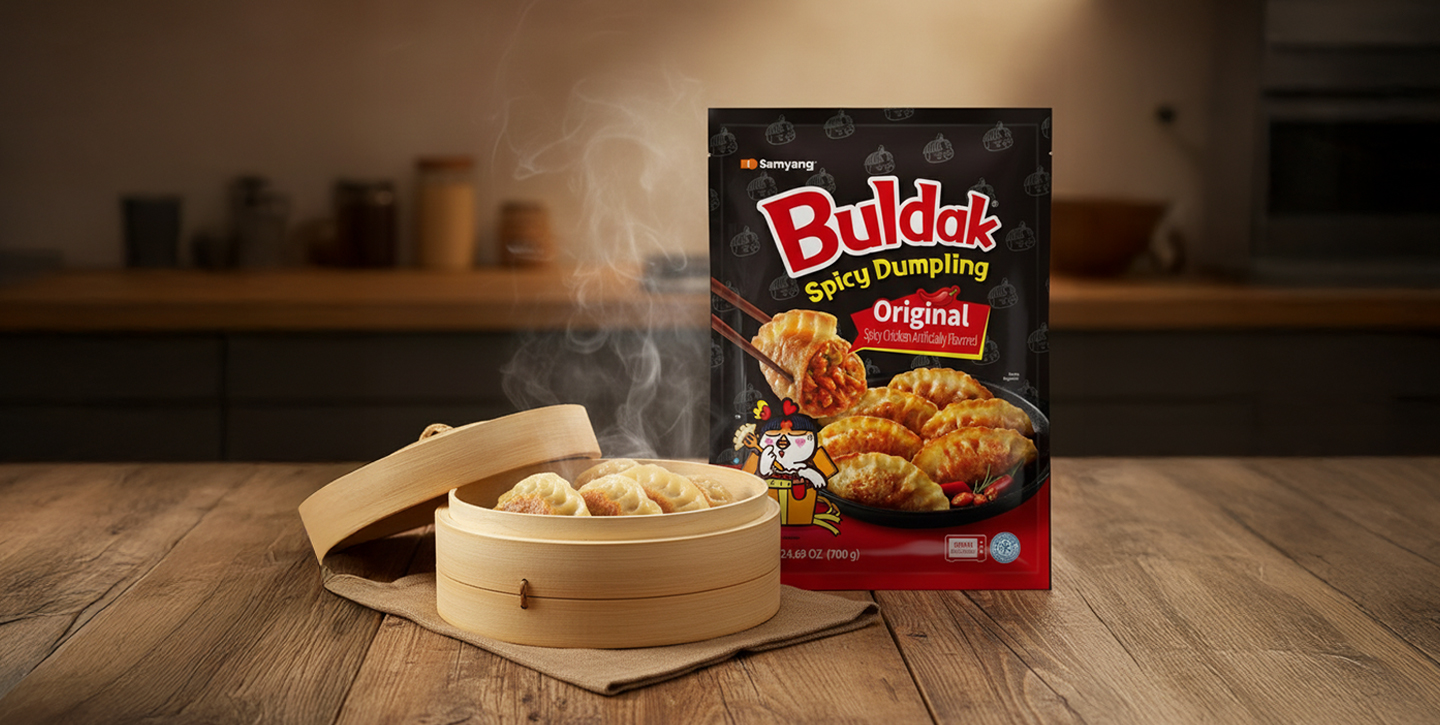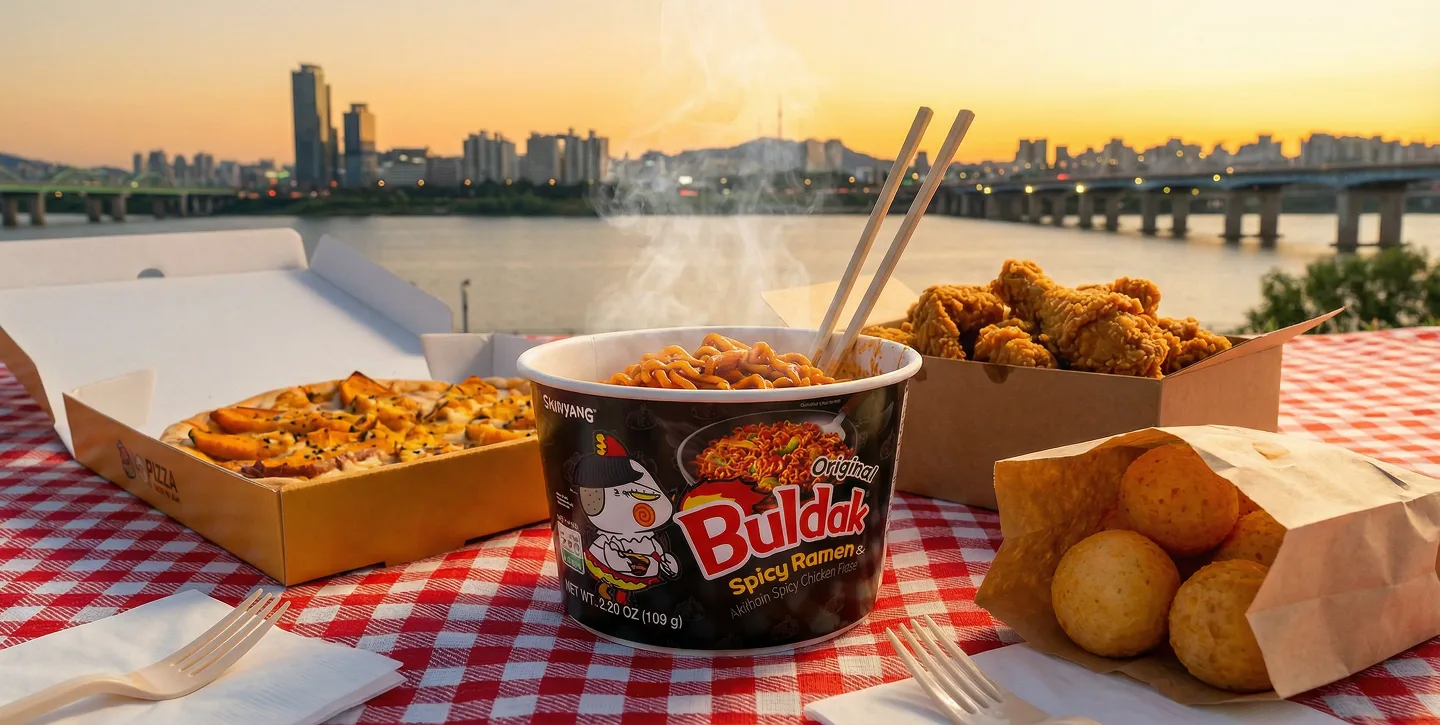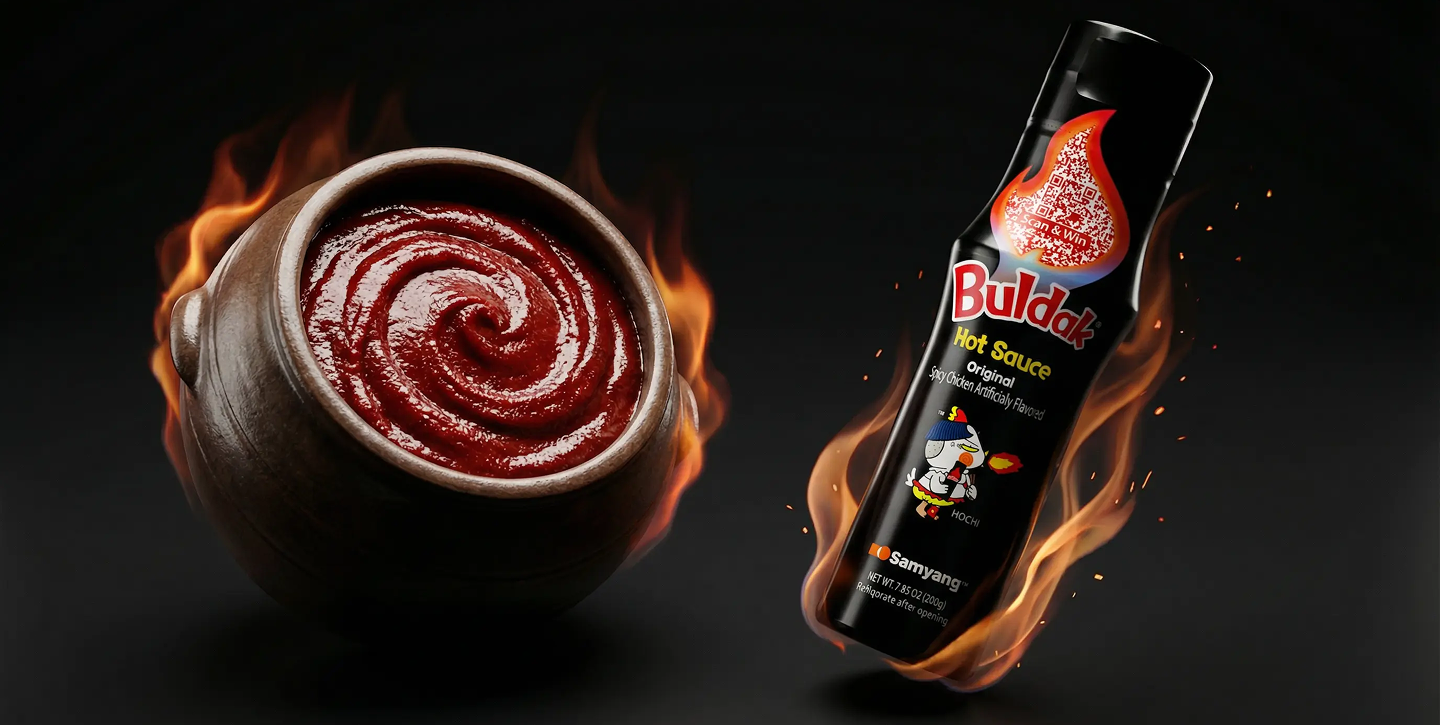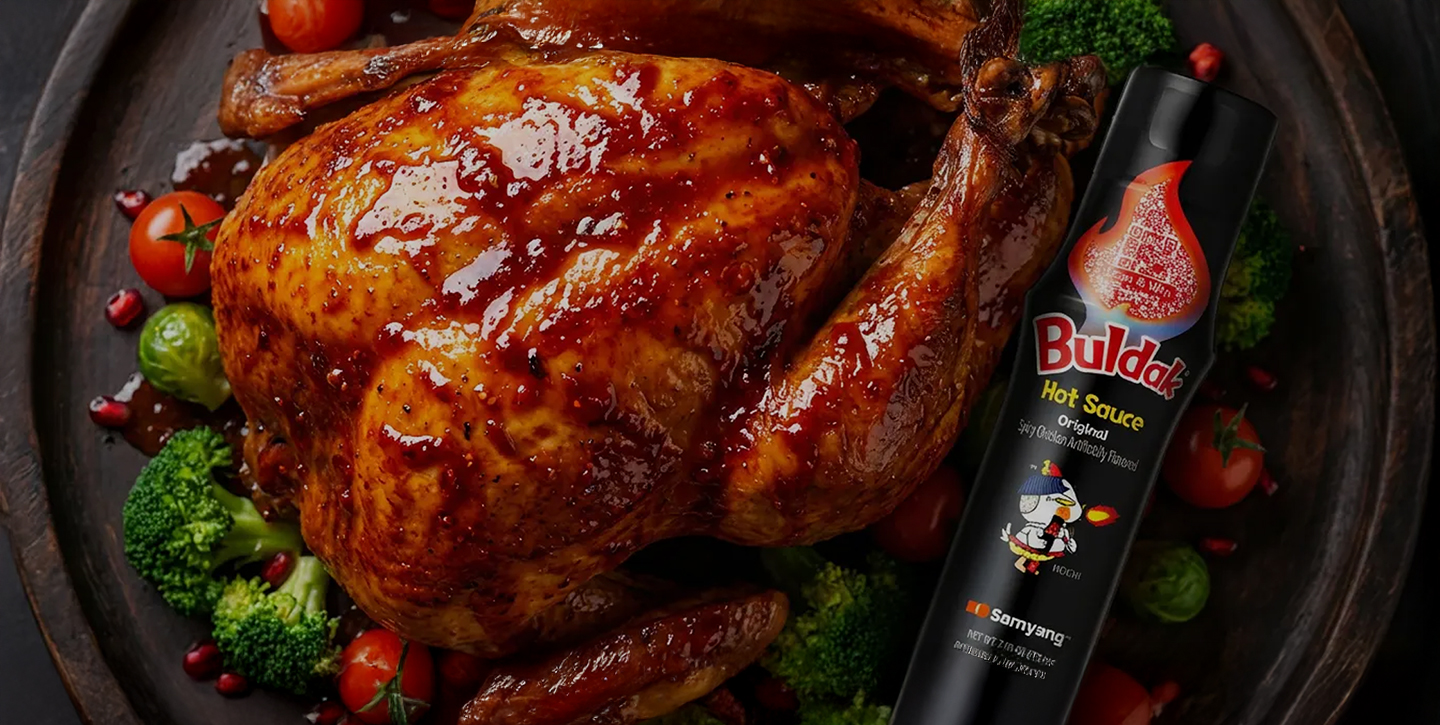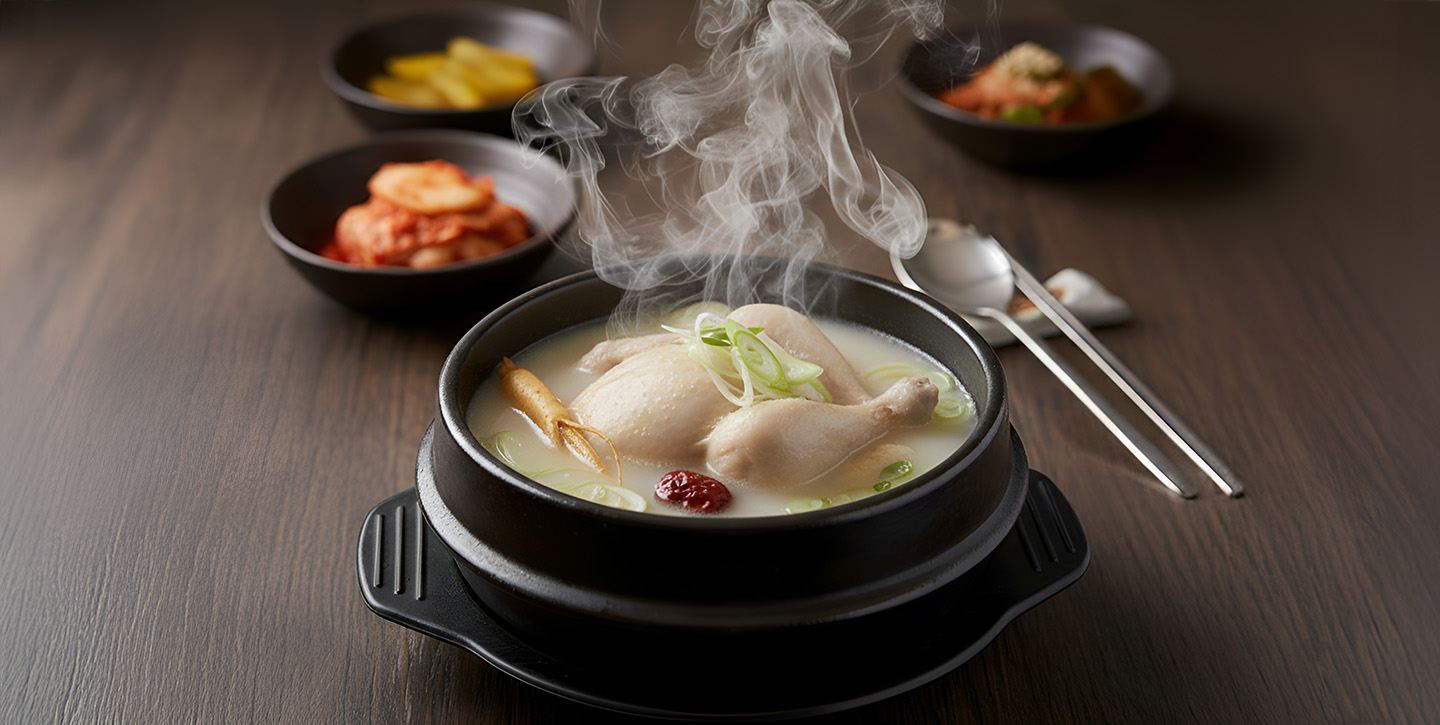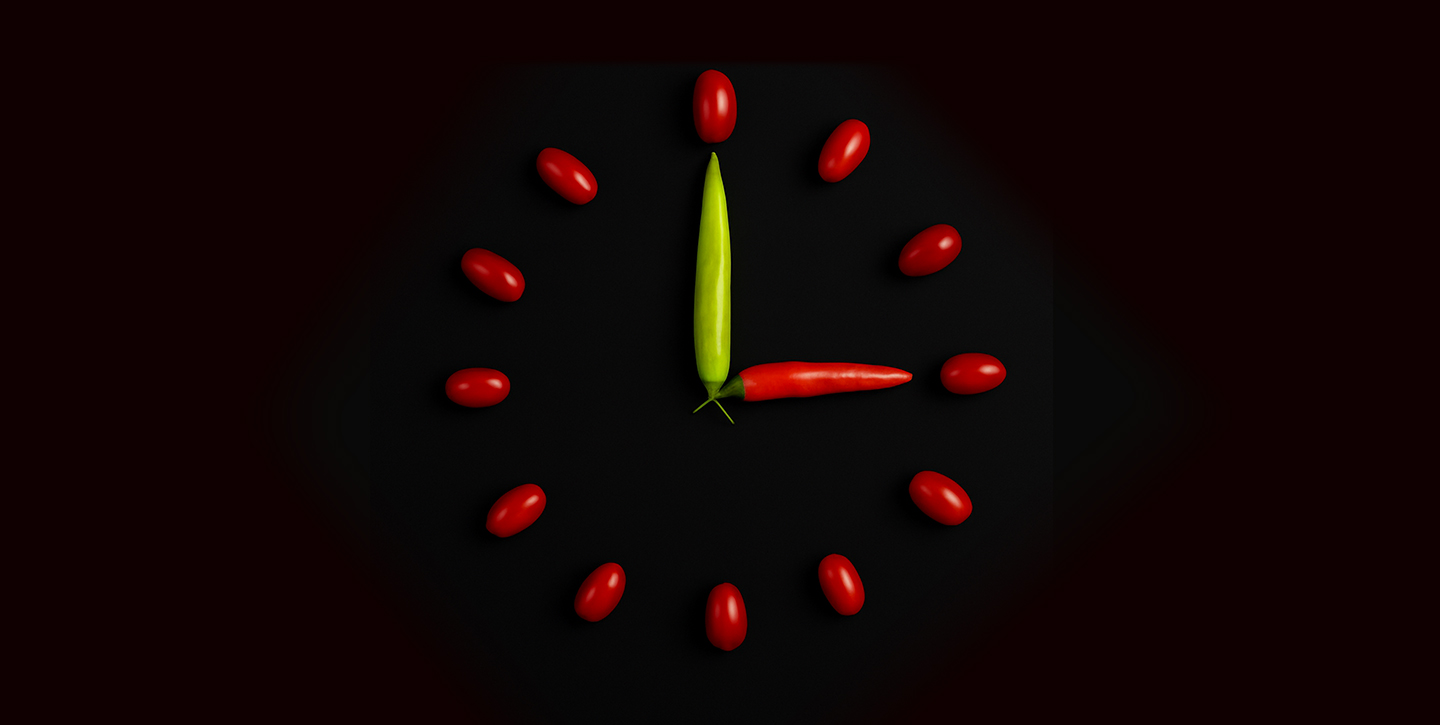Welcome to our first trip in a new series: Korean spicy food Hot Spots! This is your best guide. It shows you the most exciting and truly habit-forming tastes Korea offers. Each part of our series looks deep into Korea's top Korean spicy food ways. We will explore great spicy food and famous restaurants in Korea.
We'll also see busy food alleys and we'll learn about the valued food customs behind these strong tastes. We'll look into what makes these food trips so special. Can't make it to Korea? No problem! We feature amazing dishes. Then, we'll show how you can easily enjoy that special Korean spicy food thrill at home. You can often do this with great items like Buldak dumpling.
For our first big feature, we are jumping into the amazing world of Korean spicy dumpling types. We’re focusing on a real Korean spicy food from Cheongju. This spicy dumpling is known for its truly intense fire. This isn't just a local dish. It's a hot food item that got hugely popular on social media fast.
Ready to explore the bold tastes of this famous Korean spicy dumpling? Find out what makes its heat so memorable. Then, feel the fiery thrill of Buldak dumpling right at home. Let’s dive in!
Taste the heat - explore Buldak Dumplings on Buldak.com
Discover spicy picks on Amazon
🥟Spicy Food Spot Recommendation: Cheongju's Spicy Dumplings
Deep in Cheongju, a certain restaurant in Korea is a hot spot for Korean spicy food lovers. It's known not just for its handmade dumplings, but for one very spicy dumpling. This dumpling has made a big splash on the internet.
It started with local praise by word of mouth but then its fame really took off when top online food stars and YouTube creators tried its spiciest challenge. Videos showed these mukbangers struggling in funny ways. They cried and reached for anything to cool the fire, all while chasing a unique thrill. These videos got millions of views. This turned eating a spicy dumpling here into a food of challenge. It secured its place as a top restaurant in Korea for spice fans.
So, what is the special charm of the dumplings from this Cheongju place? The charm is in the perfect mix of things. They have thin, soft wrappers. The filling is packed generously. And there's a bold, addictive heat. These handmade dumplings are bursting with fiery taste, thanks to the added Cheongyang chili peppers. What truly makes them stand out is how the filling fills the very thin skin. The main parts of the filling—pork, onion, green onion, and kimchi—stay the same. Yet, each spicy dumpling gets a different character by how it’s finished.
Trying their signature spicy dumpling is a strong experience. First-timers often quickly drink milk or they reach for cool side dishes, like cold noodles,to try and handle the heat. Still, under the "emergency-level" spice, many people note the great texture. This includes skilled food creators. They also praise the tasty filling.
As one YouTuber who tried their spicy dumpling said, "You know, for each person, there's a spiciness that's hard to handle, and a spiciness they can eat well. For me, I eat Thai spiciness well, but Cheongyang chili spiciness..." He also said, "First of all, it can’t be compared with Yeopddeok and Buldak. This one, as soon as you take one bite, the heat comes up in 10 seconds. It’s an all-time record level."
Another YouTuber, after tasting it, said, "This is really crazy. Other things are spicy, but this one is just too painful." He added, making people laugh, "I think I know where the dumpling is in my body right now." He said the texture is so good. And it’s less spicy than when he first ate it, as he kept on with his dumpling mukbang, getting attention. He also ended his video by saying, "If you want to eat it again, don’t eat it right away; make sure to eat it after 10 minutes."
This mix of big challenge, great taste under the heat, and the pure fun of watching others try it, keeps people coming to this restaurant in Korea. It's more than just a meal. It's a Korean spicy food trip to remember and share. You may not be able to order it for delivery from your US home. But the legend of this spicy dumpling keeps growing. It's a true must-see for any Korean spicy food fan visiting Cheongju.
Diving into Korean Mandu Culture
So, Cheongju's spicy mandu became a legend. But to really enjoy that spicy taste, it also helps to know about 'Mandu'. So, what are Korean dumplings? In Korea, 'Dumpling' is called 'Mandu.' Mandu are small, nice pockets filled with all sorts of tasty things. Dumplings first came from China a long time ago. But Korean Mandu has changed over many years. It has grown its own very special style and feel.
So, what makes Korean Mandu different, especially from Chinese jiaozi? First, Chinese jiaozi often have thin wrappers with a chewy feel. But Korean mandu, when you compare them to jiaozi, often use thicker, softer wrappers. The filling parts are different too. Chinese jiaozi use a very wide range of items. These include pork, beef, lamb, seafood, and vegetables. On the other hand, Korean mandu are mostly made by mixing pork, tofu, kimchi, and glass noodles.
In Korea, Mandu is far more than just food; it’s something special, woven into the fabric of life and tradition. Like a tiny, savory gift, each dumpling wraps bold flavors and heartfelt tradition in a soft (or crispy!) shell. Mandu seamlessly fits into any meal – from a quick, satisfying snack sold by street vendors to a comforting addition to a hearty soup (mandu-guk, especially popular during Lunar New Year) or even as part of a larger feast. It has a long and cherished history, bringing joy, a sense of community (as families often gather to make Mandu together), and delicious tradition to the table.
That’s why it’s a must-try in Korean culture, offering a window into the country's rich culinary heritage. Now that you know what makes Mandu special, let’s explore the diverse ways it's enjoyed! Mandu comes in many styles, where the fillings and cooking methods make each kind unique. Some are rich and full of savory flavor, others are excitingly spicy and bold (a nod to Korean spicy food lovers!). How you cook them also dramatically changes the taste and texture.
Here are some of the most popular types in Korea:
① Gogi Mandu – These are filled with pork or beef. They often include cabbage or onions. The flavor is rich and hearty.
② Kimchi Mandu – These are filled with spicy, tangy kimchi. They’re perfect for people who enjoy bold tastes.
③ Yachae Mandu – These are great for vegetable lovers. The filling has mushrooms, carrots, and leafy greens.
④ Tofu Mandu – These are filled with tofu. They taste soft and light, great for a gentle flavor.
How Korean Mandu is cooked:
① Jjin-mandu (Steamed Mandu)
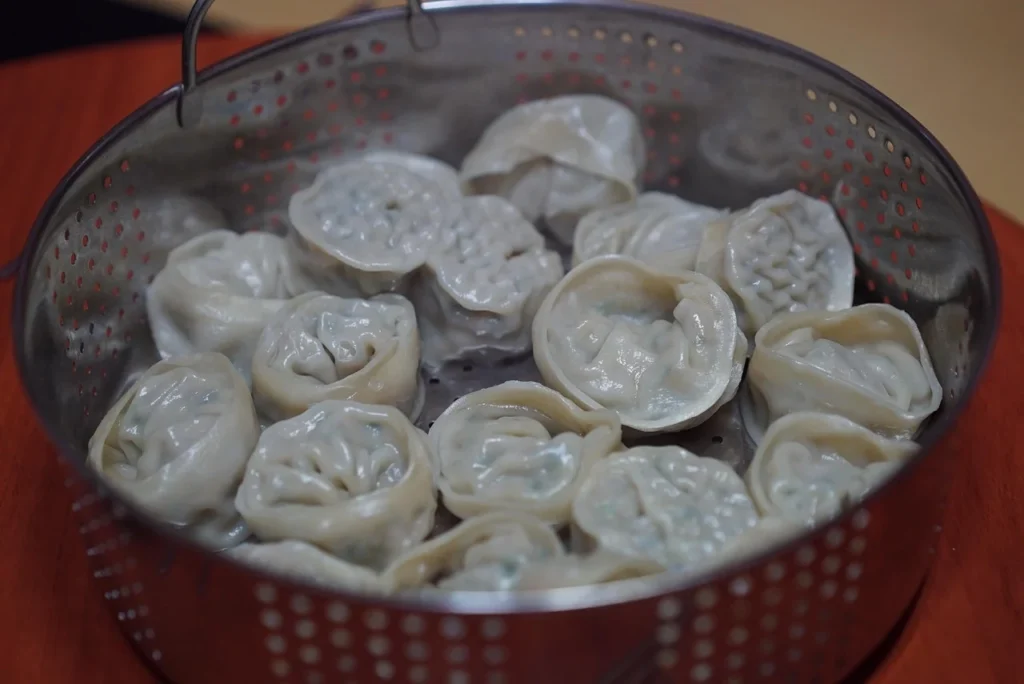
Jjin-mandu is a soft and light kind of dumpling. It is steamed. The thin wrapper turns chewy and a bit see-through. This lets the bright filling show. It looks tasty even before you eat it. Common fillings are pork, beef, tofu, or vegetables. These are usually mixed with garlic, sesame oil, and soy sauce. Jjin-mandu often comes with a dipping sauce. It’s made of soy sauce, vinegar, and sesame oil.
The tangy, nutty taste of the sauce goes well with the dumpling's mild flavor. Many Korean families make big lots of Jjin-mandu at home for weekends or family events. Steaming shows the clean taste of each part. It’s a top choice for those who want something simple and healthy. It’s also good for kids and older adults as it’s not fried.
② Gun-mandu (Fried or Grilled Mandu)
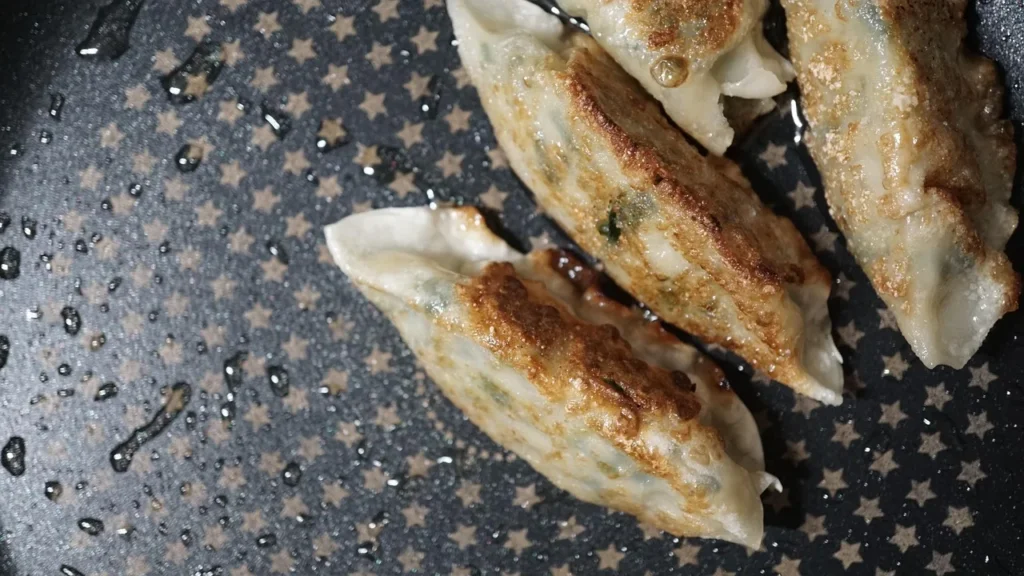
Gun-mandu gives you a crispy and bold bite. These dumplings are fried or grilled until they turn golden and crunchy outside. Inside, they stay juicy and full of flavor. This mix of textures makes them really fun to eat. Gun-mandu is often served with a dipping sauce made with soy sauce and chili. The sauce adds a spicy kick. In Korea, Gun-mandu is a popular street snack.
Food stalls display them in big piles, keeping them warm under lights. People often grab some after work or school. At home, they’re easy to heat in a pan or air fryer. On cold nights, many enjoy them with a glass of beer or makgeolli (Korean rice wine). Their crispy crunch makes them a favorite for many people.
③ Mul-mandu (Boiled Mandu)
Mul-mandu is a simple and tasty way to make dumplings, loved for its soft feel and yummy flavor, great as a snack or side dish for daily meals. Mul-mandu is boiled in water until the wrapper gets soft and a bit shiny, holding the filling inside, like pork, veggies, tofu, or spicy kimchi. This way of cooking keeps the filling’s taste light and nice, making it fun to eat. After boiling, Mul-mandu is taken out, drained, and eaten with a dipping sauce of soy sauce, vinegar, and sesame oil, sometimes with a little chili for spice.
People love this boiled dumpling because it’s quick and easy to make. Mul-mandu is a common dish in family meals, giving a warm and happy feeling when it’s on the table.
The ways Mandu is combined in dishes:
① Mandu-guk (Mandu Soup)
Mandu-guk is a yummy and warm soup in Korean food, perfect for holidays. Dumplings are boiled until soft and put in a hot broth made from beef, chicken, or fish. The soup is topped with cooked meat, green onions, seaweed, sesame seeds, and sometimes egg slices. It’s a favorite during Lunar New Year because it means good luck and family love. Families like to make dumplings together, filling them with meat, veggies, or tofu while talking and laughing, which makes it a happy time. Eating a hot bowl of Mandu-guk feels cozy and brings everyone closer. It’s more than just food—it’s a way to share fun and traditions on special days.
② Mandu in Tteokbokki or Bibim mandu
Mandu also shows up in other famous Korean dishes. In tteokbokki, a spicy rice cake dish with a thick red sauce, Mandu adds extra flavor. Fried or steamed Mandu soaks up the spicy, sweet gochujang sauce. This mix gives you both crunch and chew in each bite. It’s a popular street food often served in paper bowls for easy sharing. In bibim mandu, a creative twist on traditional Korean flavors, crispy fried dumplings are paired with a vibrant mix of fresh vegetables and spicy gochujang sauce.
Unlike bibimbap, which typically uses rice as a base, bibim mandu skips the rice and focuses on bold textures—crunchy mandu, crisp cucumbers, shredded cabbage, and a tangy-sweet kick from the sauce. These combos show how Mandu can go beyond its usual role. It fits well into many meals, making it a fun and tasty part of Korean food culture.
Mandu is more than just food. It is part of Korean life. During Lunar New Year, families gather together to make Mandu. This gathering is also a chance for the family members to bond. In Seoul’s markets, Mandu is sold as a quick snack for busy people. Koreans usually put Mandu in the microwave for a late-night serve. It can even be a full meal; tasty and filling. From festivals to daily life, Mandu brings people closer. Mandu is a symbol of sharing and happiness in Korean food
🔥Bring Korea’s Heat Home with Buldak Dumplings!
It would be great to visit Cheongju and try its famous Spicy Dumpling. It’s a fun Korean food experience. But if you can’t travel to Korea, do not worry. You can still enjoy that great taste with Buldak Dumpling. Buldak Dumpling is a top choice to enjoy while thinking of Cheongju's heat. Buldak Dumpling comes in two tasty types. Buldak Dumpling Original is full of bold, classic heat. Buldak Dumpling Carbonara is creamy but still has a nice spicy kick. Both bring real Korean taste to your home. Each Buldak Dumpling has rich meat inside. It's mixed with Buldak’s famous spicy sauce. The taste from Buldak Dumpling is strong and good—surely a must-try.
You can find Buldak Dumpling in Asian markets, for instance, in major U.S. cities like New York and Los Angeles, and various other locations with Asian grocery stores. People online love Buldak Dumpling. One Reddit user said, “So, I went to check out our new local Asian supermarket and was instantly rewarded with Buldak Dumpling! Took both of course.” If you like fun, spicy food, Buldak Dumpling is a great pick. Just one bite and you’ll want more! For a real Korean spicy food challenge at home, be sure to try a Buldak Dumpling.
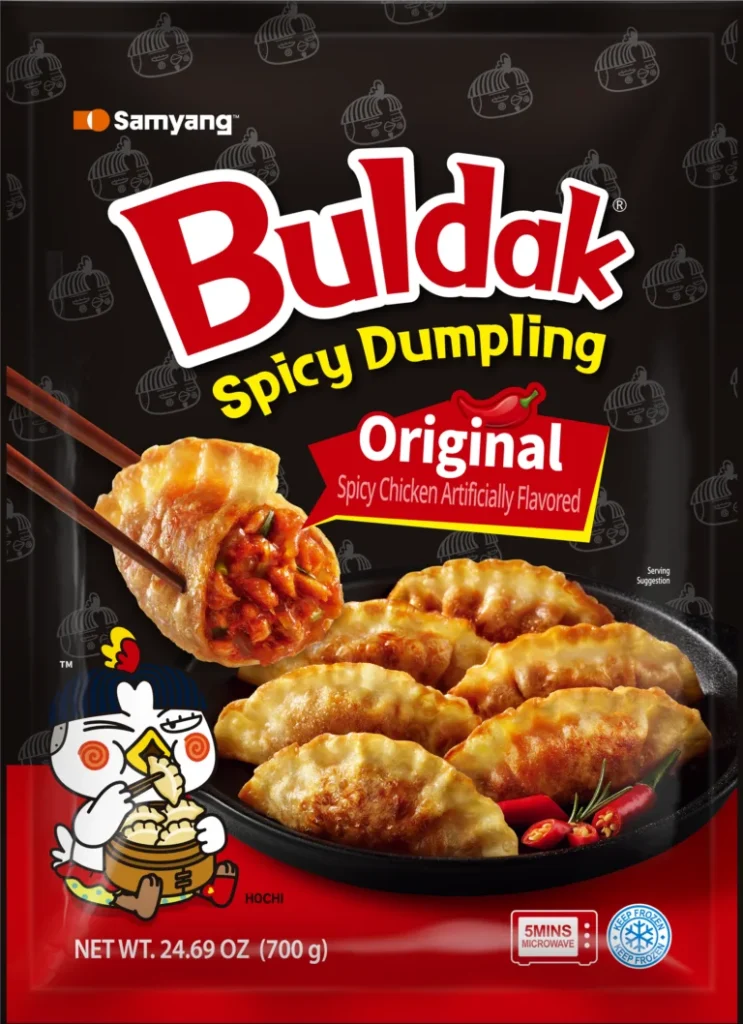
Picture Buldak Dumpling as your shortcut to Cheongju’s Spicy Dumplings. Cooking Buldak Dumpling is easy, and you can choose the method that suits your style:
Pan-fry for 7 minutes until all sides are crispy and golden. It’s the recommended method for the best flavor.
Air-fry at 356°F (180°C) for about 10 minutes for a quick, low-oil crunch.
Microwave for a soft bite—just place them between damp paper towels and heat for 4–5 minutes.
Steam for 6 minutes for a juicy, tender texture.
Boil in water or broth for 6 minutes for a cozy, soup-friendly option.
No matter how you cook it, Buldak Dumpling is very easy to prepare. It’s great for busy weeknights or relaxed weekends. It’s also very versatile. You can enjoy Buldak Dumpling as a quick snack after work,or have it as a warm late-night treat. It's also a fun “beer buddy” when with friends. This Buldak Dumpling truly fits any occasion.
Food lovers can try to be more creative. For instance, you might slice Buldak Dumpling. Then, add it to spicy tteokbokki. The mix of crispy feel and creamy heat makes the dish even better. It’s a great use for a Buldak Dumpling. If you want a snack just for you, or you're planning a spicy food party, Buldak Dumpling is perfect. It gives the same thrill as a famous Spicy Dumpling. It’s easy to make, fun to eat, and full of taste. Buldak Dumpling is a real game-changer. Trying a Buldak Dumpling is a tasty step into Korean spicy food.
Creamy meets spicy — Buldak Dumpling Carbonara now!
Closing the a spicy Dumpling Journey
We’ve looked at the amazing world of Korea’s famous spicy dumpling restaurant in korea. Also, This article also went deep into Mandu's role in Korean culture. It plays a special part, from Lunar New Year customs to quick street snacks. Can’t get to Cheongju? No problem! Buldak Dumpling is the perfect fix. It brings real Korean heat to your home, no matter where you are.
Just get this Buldak dumpling and start snack. Next in our “Exploring Korean Spicy Restaurants” series, we’ll share with you more top spots, spicy dishes, or cool food combos no spice fan can miss! Stay tuned for more Korean spicy food hot spots in our next adventure. In the meantime, why not fire up your taste buds with some delicious Buldak Dumpling at home?
